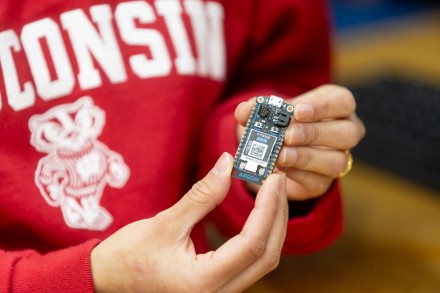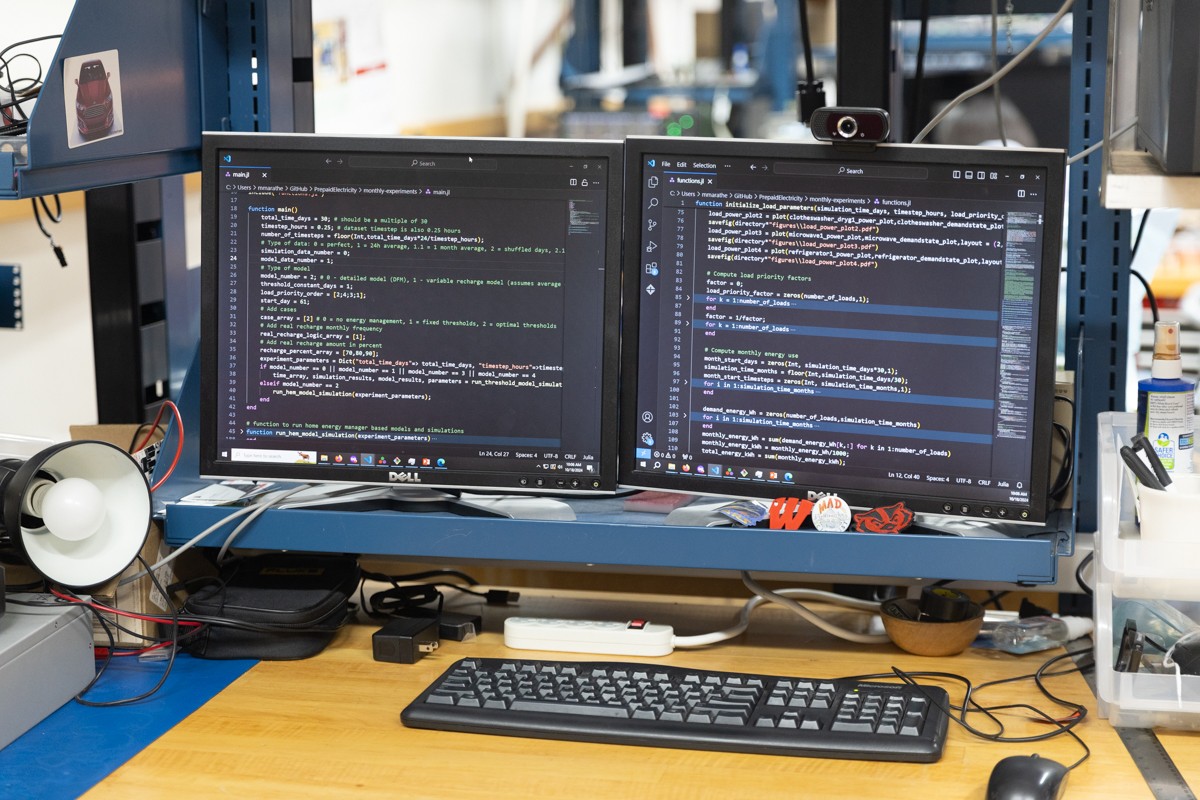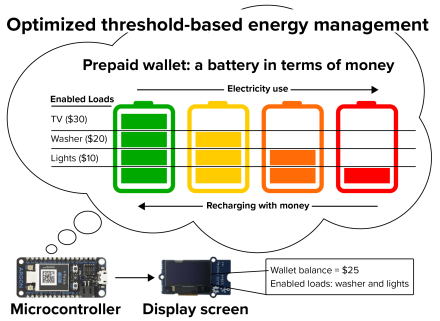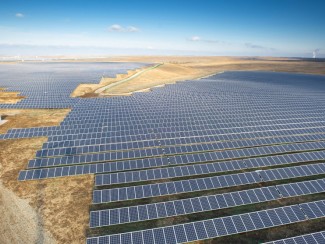
A University of Wisconsin–Madison researcher has developed a tool that could help people who struggle to afford electricity make better choices about how to ration their energy use.
Millions of people around the globe rely on prepaid utility plans that work much like prepaid phone service. Rather than getting a bill at the end of the month, these customers pay for their kilowatt hours up front by putting money in their accounts.
While controversial, such plans are often popular with low-income households and in developing countries. They don’t require good credit or a security deposit; customers can add money when they have it; and they don't get surprised with big utility bills.
But there are pitfalls: unlike traditional utility customers who enjoy grace periods and shutoff warnings, when prepaid account balances hit zero, the lights go off.
That can lead to difficult choices for struggling families, said Maitreyee Marathe, a graduate student in electrical and computer engineering who developed the tool as part of her doctoral thesis.
For example, someone might turn off the air conditioner or fans when it’s dangerously hot for fear of running out of electricity.

“We know that you are rationing your own energy use,” Marathe said. “Can we help you make those decisions more optimally?”
Marathe, whose research has focused on using microgrids for remote electrification and resilient energy solutions for home healthcare, had worked on a concept known as threshold-based energy management for optimizing battery use in microgrids.
One of her advisors, Associate Professor Line Roald, suggested the same model could be used to optimize account balances.
Built around a mathematical formula known as a “greedy” model, Marathe’s software allows users to prioritize which appliances they want to use and get reminders when they need to switch them off.
“It's like a benefit to cost ratio,” Marathe said. “It's just ‘greedy’ in the sense that it wants to satisfy the load which has the biggest bang for the buck first.”

A user might say air conditioning is most important, but they want to watch TV for two hours and want to keep the lights on. The model looks at their balance and optimizes the use of each appliance based on the ratio of importance to how much energy it uses. When the balance dips below a threshold, the model triggers a warning to turn off the air conditioner or TV in order to keep the lights on.
The system won’t actually turn off the devices, which would require expensive smart switches. Instead, it leaves the user in control.
Marathe is not the first to develop a home energy management system, but very few researchers have targeted low-income or prepaid customers.
Unlike other systems, Marathe’s does not depend on granular forecasts – meaning users can simply say they want to watch TV for two hours in a day rather than specifying time blocks – and requires far less computational power.
That means it could run on a $10 microcontroller connected to a digital display similar to a thermostat. It could also run on a smartphone app for customers who have access and are comfortable with the technology.

Marathe presented her approach in September at the IEEE International Conference on Communications, Control, and Computing Technologies for Smart Grids in Norway.
It’s unclear how many U.S. households are on prepaid energy plans, which tend to be offered by electric cooperatives and in states like Illinois, Massachusetts, and Texas where electricity service is deregulated. As many as 15% of customers in Great Britain have prepaid meters, and the practice is common in many African nations working to make electricity service more available.
Marathe said the tool could also be helpful for customers on traditional plans who want to stay within a budget as well as for people in developing countries who rely on solar-powered microgrids: rather than monitoring a fund balance, the system would track the charge left on a battery.
Marathe, who expects to graduate this fall, plans to continue working on the project next year as a postdoctoral researcher at the University of Massachusetts-Amherst.
“We have had some conversations with utilities to see if this will be something that they are interested in,” Marathe said. “We would like to pilot this with a group of customers and a utility and get some real world validation of how this works.”





